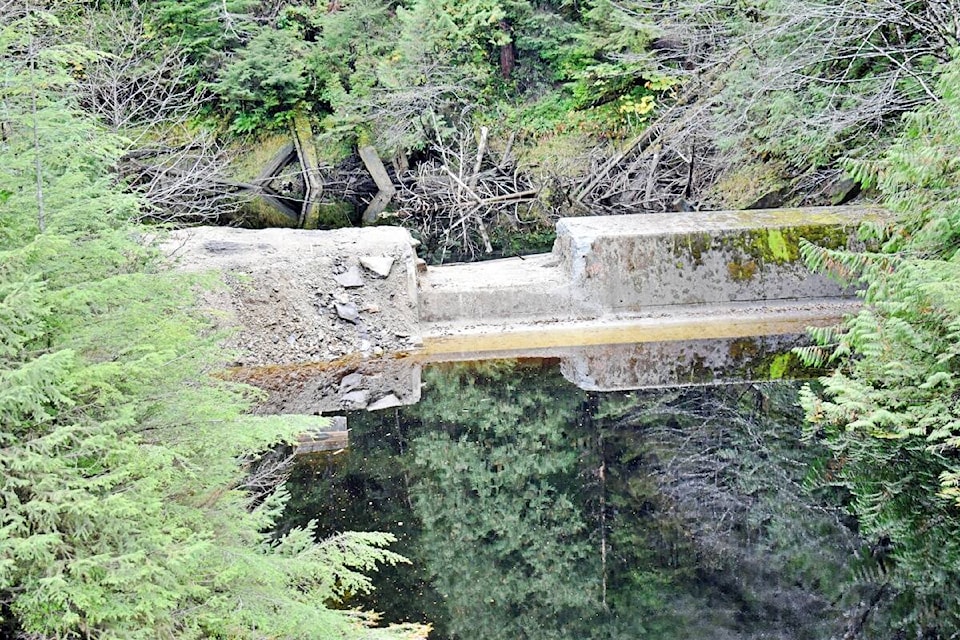Privatization possibilities of Prince Rupert’s water treatment and sewage services have some residents voicing concern even though it’s early days in the process.
People for Public Infrastructure (PFPI), a citizen’s awareness group, called attention to the matter with a presentation of concerns at the Committee of the Whole meeting on Nov. 21.
Tom Kertes, a member of PFPI, raised apprehensions about increased utility rates and questioned the governance behind private versus public systems. He said his interest in the matter as well as others he spoke to, was raised after the City of Prince Rupert issued a Request for Expressions of Interest (RFEOI) in the fall.
The RFEOI was to gather information on the viability of a municipally controlled corporation (MCC), the city stated in a press release on Nov. 22.
Alternate operating models are being investigated due to increasing costs and concerns on how to pay them, combined with staff shortages and difficult recruitment, Richard Pucci, director of operations for the city, explained at the meeting.
“Costs have increased since the city’s original application to fund water treatment was made in 2018. The city now anticipates a shortfall in funding of between $12 million to $18 million,” the presser reads.
Pucci said by the time of the build costs may increase even more.
Finding qualified staff to manage and operate a water treatment and sewage facility is also a challenge the city faces. Given the specific nature of specialized certifications needed to adequately operate any such facility, the right staff wanting to relocate for work needs to be considered. Without those, there will be health risks, the council heard.
“Given these challenges, the city has identified the use of an MCC as a potential path for delivering water treatment services. Once more is understood about available options and costs, a presentation will be made to council and direction will be given as to how to proceed with public engagement,” the city stated.
Under a Design, Build, Finance, Operation and Maintain (DBFOM) approach, the overall responsibilities are bundled together and transferred to a third party. Under this model, facility ownership and final rate setting would remain with the city, the municipality stated.
“It’s very important to council that the water itself, our watersheds, and the actual facility that treats the water will continue to be owned by the city,” Herb Pond, mayor of Prince Rupert, said.
“Additionally, if this model is selected, city council would still give final approval of utility rates. Right now, though, the city is just conducting early work to determine the feasibility of bringing an operator on side to build and operate the facility.”
Some of the questions posed to the city by Kertes were addressed by Pucci in his report to the council. One is that an MCC will develop a services supply structure that meets some core objectives. These being:
“Seek widespread public consultation before moving forward on any plans for a P3 project (partial privatization) or plans for total privatization of the city’s water and sewer system.
• Make sure that elected officials are fully informed of the alternatives and that this information can be freely shared with the public.
• Calculate the full (for the lifetime of the project) costs. Be sure to factor in how the discount rate and future inflation will impact the cost of fees and the total paid by the public over the long term.
• Before proceeding, consider how the project would affect local businesses and local workers. Ask: What are the risks and what impacts might it have on the local economy?”
“By creating this MCC and executing this project as a DBOFM we answer the questions of ‘how do we pay for it’ and ‘who will run it’. The MCC by service contract will ensure that the community has consistent clean water that meets or exceeds the standards of the day,” the operations director stated.
In a Nov. 24 email to The Northern View, the City of Prince Rupert stated residents are always free to speak to council on issues that are important to them. However, a specific date for community engagement on potential water treatment options will be determined once staff have received and assessed any proposals for building and operating the water system.
“We are in the very early phases of collecting information regarding the potential cost and structure water for treatment operations. Following the presentation of that information, council will provide direction regarding public engagement,” the city stated.
“For clarity, the city is focused on maintaining public ownership and control of the City’s water system and is looking at ways to ensure the future water treatment facility can be built and operated with confidence.”
READ MORE: Prince Rupert celebrates project completion of Woodworth Dam
